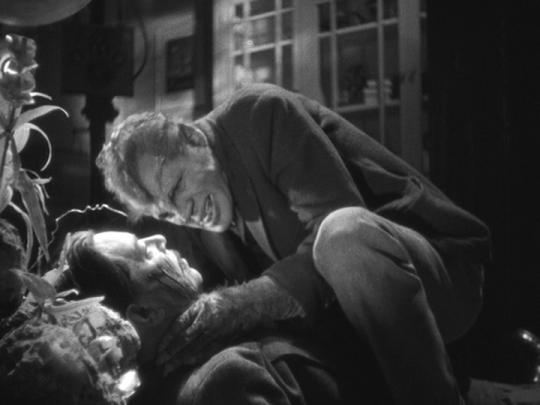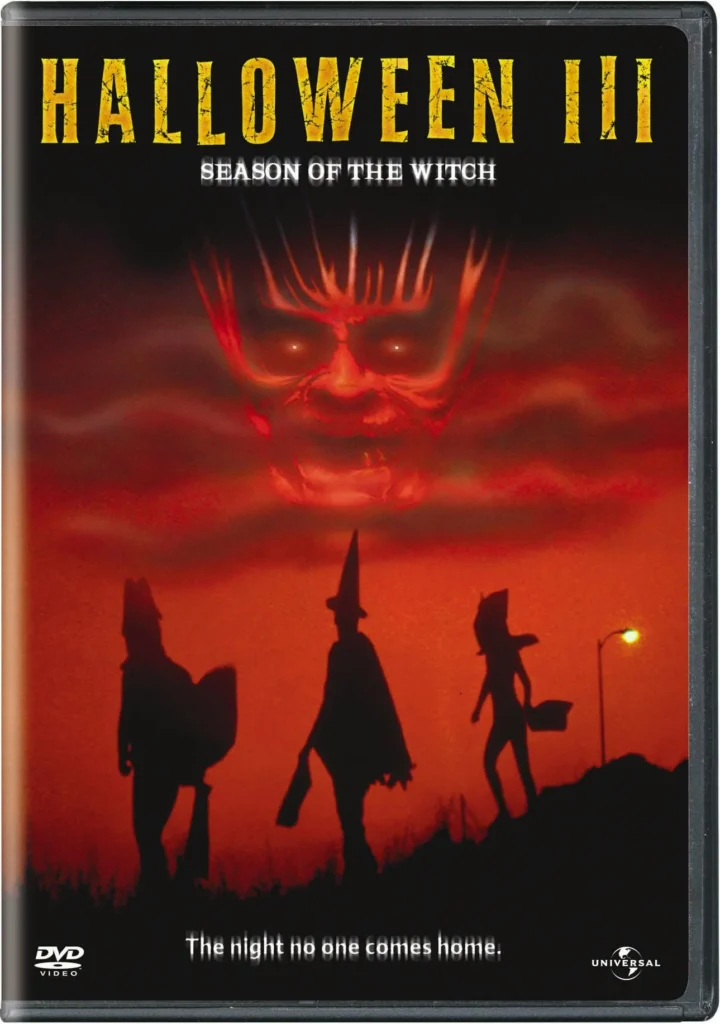
“Werewolf of London” (1935): A Pioneer in the Lycanthrope Lore – Review

In 1935, director Stuart Walker’s “Werewolf of London” graced the silver screens as Universal Pictures’ first attempt at harnessing the intrigue surrounding lycanthropy. Though it doesn’t necessarily possess the same iconic status as some other monster movies from Universal’s golden era, it holds a distinct place in history, laying foundational elements for future werewolf narratives, particularly 1941’s “The Wolf Man.”
From a visual vantage, the film remains laudable for its effects. Jack Pierce, the celebrated makeup artist behind Universal’s famed monsters like Frankenstein and The Mummy, crafted an eerily distinctive look for the film’s werewolf, Dr. Wilfred Glendon (Henry Hull). While later iterations of cinematic werewolves would indulge in full-facial transformations, Pierce’s design here is more restrained, showing a midway metamorphosis. This decision was purportedly due to Hull’s reluctance to sit through prolonged makeup sessions. However, this “restraint” unexpectedly adds a layer of dread; there’s a chilling unease in seeing the familiar and monstrous coexist on a single visage.
Dr. Glendon’s narrative is quintessential in its tragic dimensions. A botanist by profession, his quest for a rare flower in Tibet culminates in him being bitten by a werewolf. This bite then becomes the curse he grapples with, transforming into a werewolf during the full moon. Glendon’s desperate search for a cure and his tragic decline echoes themes of duality, identity, and the primal instincts lurking within us all.
Now, while “Werewolf of London” is notable for its atmospheric eeriness, it notably deviates from later werewolf conventions. Here, the werewolf retains some form of memory and consciousness post-transformation. This is evident when the werewolf Glendon avoids harming his wife, Lisa (Valerie Hobson). This characteristic pivots away from the uncontrollable beast archetype that would become synonymous with werewolves in later films.
From a cinematic perspective, Walker successfully builds tension, especially in scenes where Glendon’s transformation is imminent. The usage of shadows, the eerie score, and Hull’s performance all amalgamate to form an ambiance of impending doom.
Behind the scenes, “Werewolf of London” had its share of challenges. The aforementioned makeup debacle with Hull marked a departure from Pierce’s initial designs, which were more elaborate. This original design would later be employed for Lon Chaney Jr. in “The Wolf Man.” Also, there were disagreements about the narrative direction. Originally, the script had a more explicit romantic subplot where the werewolf becomes infatuated with Lisa. This was toned down in the final cut, focusing more on Glendon’s tragic journey.
Another intriguing production detail is the set itself. Some of the sets used in “Werewolf of London” would be recycled and used in other Universal monster films, a testament to the studio’s penchant for cost-saving and resource optimization.
While the film enjoys a cult status now, its initial reception was lukewarm. It was overshadowed by other iconic monster films of the era, and the werewolf legend hadn’t yet ingrained itself in popular psyche as it would post-“The Wolf Man.” Over time, however, critics and audiences have come to appreciate the film for its unique take on the werewolf mythos, distinct makeup design, and the haunting performance of Hull.
“Werewolf of London” can be perceived as a prototype – a testing ground for the werewolf theme in cinema. It’s an exploration filled with ambition, some realized and some not. In its frames are sown the seeds of what would bloom in later werewolf narratives: a fusion of horror, tragedy, and an exploration of humanity’s dual nature. It’s a must-watch for enthusiasts of classic horror, providing a window into the evolutionary phase of a legend that would become a cinematic mainstay.




